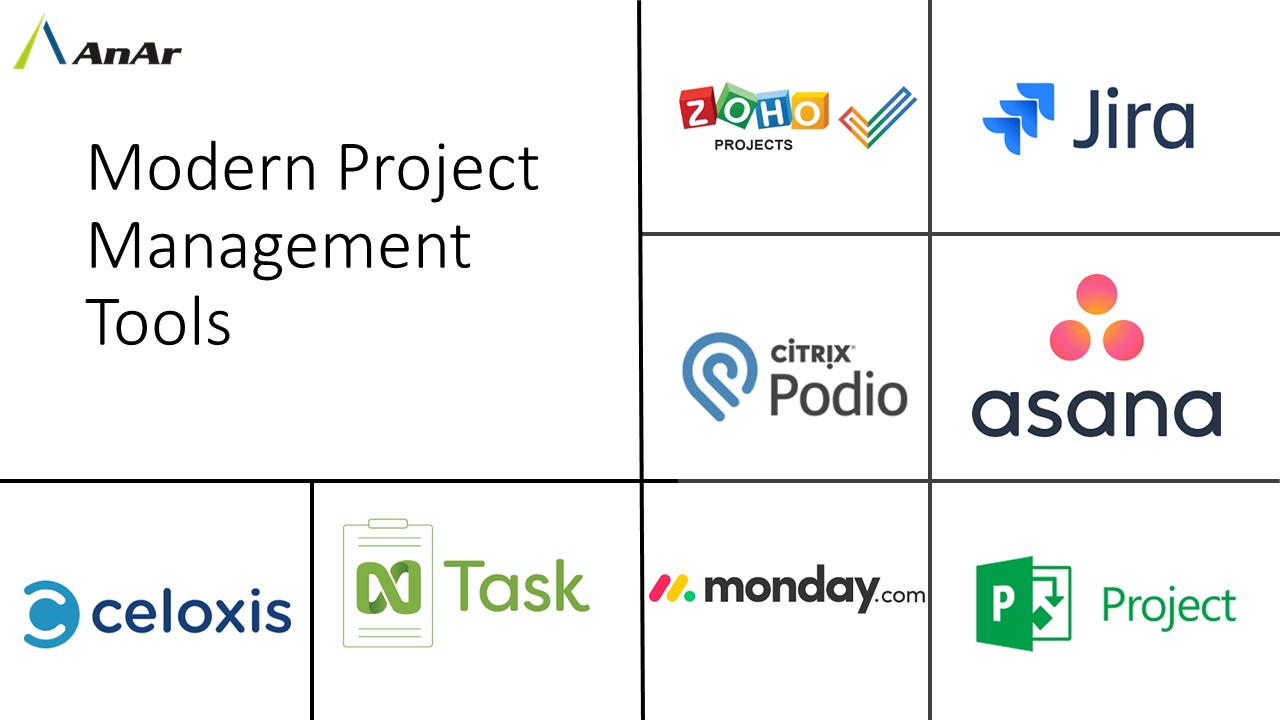Blitz News Digest
Stay updated with the latest trends and insights.
Why Your Progress Bar is Just a Fancy Loading Screen
Uncover the truth behind progress bars and why they mask loading delays! Click to reveal the secrets of your favorite apps' behavior.
The Psychology Behind Progress Bars: Are They Really Tracking Your Progress?
The psychology behind progress bars is rooted in our innate desire for feedback and accomplishment. Progress bars serve as a visual representation of our advancement towards a goal, and they tap into our cognitive biases such as the peak-end rule and the illusion of progress. When users see a progress bar filling up, it creates a sense of momentum, suggesting that they are closer to completion. This visual cue can significantly enhance motivation, as the brain releases dopamine in response to perceived progress, making the experience of accomplishing tasks more rewarding.
Moreover, progress bars can influence our behavior in subtle yet profound ways. Research indicates that when users perceive that they are making progress, they are more likely to engage with the task at hand, even if the completion is not immediate. For example, when presented with a loading screen, users tend to be more patient if they can see a progress bar actively moving. This phenomenon highlights the importance of tracking your progress visually, as it not only aids in self-regulation but also fosters a sense of commitment and accomplishment that can drive users to push through obstacles.

Why Progress Indicators Can Mislead Users: Understanding the Truth About Loading Screens
Progress indicators are often seen as helpful tools that provide users with feedback about ongoing processes in applications and websites. However, these indicators can sometimes be misleading, leading to confusion and frustration. For instance, when a loading screen displays a percentage completion, users may interpret it to mean the action is proceeding smoothly. In reality, if the loading time is not accurately calculated, it can create a false sense of progress, where users become impatient and think the system is stalled or unresponsive.
Moreover, loading screens can contribute to user anxiety, especially when the progress indicators do not align with their expectations. A well-designed interface should not only represent actual loading times realistically but also manage user anticipation effectively. The truth is, a long loading time with an optimistic progress bar can lead users to believe the task is nearly completed when, in fact, it might take much longer. Thus, it is crucial for designers and developers to choose progress indicators wisely, ensuring they reflect genuine status changes rather than providing a misleading narrative about system performance.
Are Progress Bars Effective? Debunking Common Myths About Loading Time
Progress bars have long been a staple in user experience design, providing a visual indication of loading times. However, many myths surround their effectiveness. One common misconception is that progress bars can significantly reduce perceived wait times. While they do provide users with an understanding of their current status, studies have shown that if the loading time is excessively long, even the most visually appealing progress bar cannot alleviate frustration. In fact, perceived loading time is more about user expectations than actual wait time; a well-designed loading indicator can help manage these expectations, but it cannot change the reality of the waiting experience.
Another myth is that a progress bar must reflect the exact progress of a task to be effective. In reality, users appreciate any form of feedback during a waiting period, even if it's not perfectly accurate. A loading time indicator that fills continuously can keep users engaged, while an indeterminate progress bar can alleviate anxiety during uncertain wait times. It’s essential to focus on the purpose of the progress bar: to reassure users that the system is functioning. Employing engaging animations and clear messaging can be more impactful than striving for an exact representation of time, ultimately fostering a more positive user experience through effective communication.